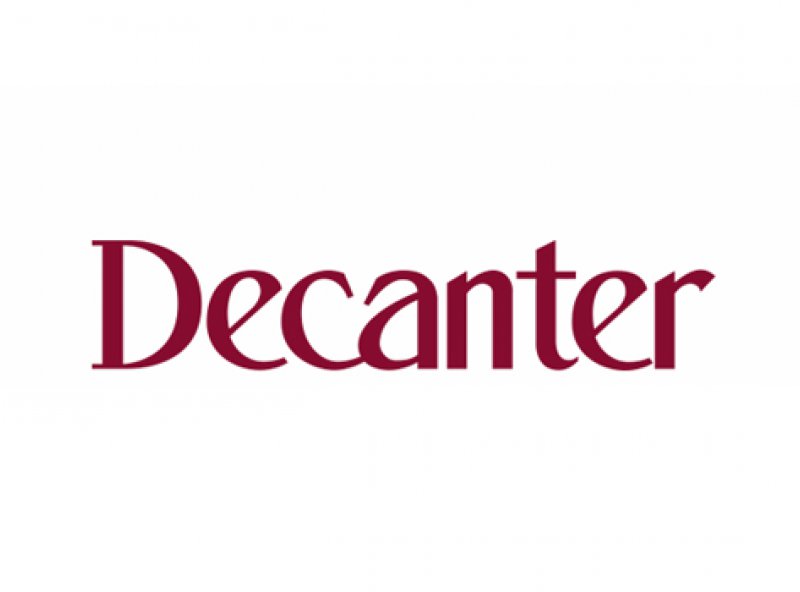- 2024
- 2023
- 2021
- 2020
- 2019
- 2018
- 2017
- 2016
- 2015
- 2014
- 2013
- 2010
- 2009
- 2008
- 2007
- 2006
- 2005
- 2004
- 2003
- 2002
- 2001
- 2000
- 1999
- 1998
- 1997
- 1996
- 1995
- 1994
- 1993
- 1992
- 1991
- 1990
- 1989
- 1988
- 1987
- 1986
- 1985
Châteauneuf-du-Pape Vintage 2017

The AOC Châteauneuf-du-Pape is one of the most beautiful in the Rhone Valley. It is known for its red wines but also offers very nice white wines. This is why on each vintage all the grape varieties planted in our plots allow us to best express the terroir that is ours.
In many ways, 2017 was an exceptional year, with climate records that resulted in an early and low-volume harvest. Marking more than one fact, we will remember especially from this vintage the excellent quality of the wines produced. Balanced, rich wines with nice velvety tannins for reds, lively and fruity for whites.
Small retrospective of a year of records:
Despite a very cold January, the coldest for 5 years, thanks to a sudden rise in temperatures in early February, late March, as in 2014, the future vintage already appeared to be early. After the cold spell in France at the end of April (3.7°C on the 20th at Châteauneuf-du-Pape), the appellation went through a particularly hot vegetative period with peaks exceeding 30°C by the end of June (37.6°C on the 23rd of June, 40.5°C on the 4th of August). The 2017 vintage is therefore the second warmest of the last 20 years, after 2003 but before 2015 and 2009.
In terms of rainfall, the months of July, August and September received only 17 mm of rain, compared to 70 mm in the summer of 2016, which was already considered dry! It was not until early November that a rain worthy of the name put an end to nearly six months of water shortage. In the end, the vegetative period received only 185 mm of precipitation compared to 360 mm in the normal year.
Early and in an exceptional state of health, the 2017 harvest began in the first days of September. Due to a lack of grapes they sometimes ended very quickly. It should be noted, however, that thanks to particularly mild weather and a very good late season, some plots were not harvested until early November. Coulure on grenache and persistent dryness have however strongly impacted the overall yield which is 23 hl/ha for a ten-year average of 30 hl/ha (the maximum yield allowed by the specifications is set at 35 hl/ha). With 72,000 hectolitres of AOC Châteauneuf-du-Pape claimed in 2017, the appellation thus shows the smallest harvest of the last forty years. As a leader in this field, the AOC now has 857 ha of vines grown organically, or 27% of the vineyard area (national average: 9% 2016).
Some tasting notes:
The white Châteauneuf-du-Pape presents beautiful bright dresses, aromas of white flowers and a beautiful liveliness. The reds are marked by the excellent maturity of the grapes, exuding aromas of black fruit and presenting long silky mouths. With velvety and melted tannins, they are particularly balanced and promise to last a long time.
The wines of this vintage



